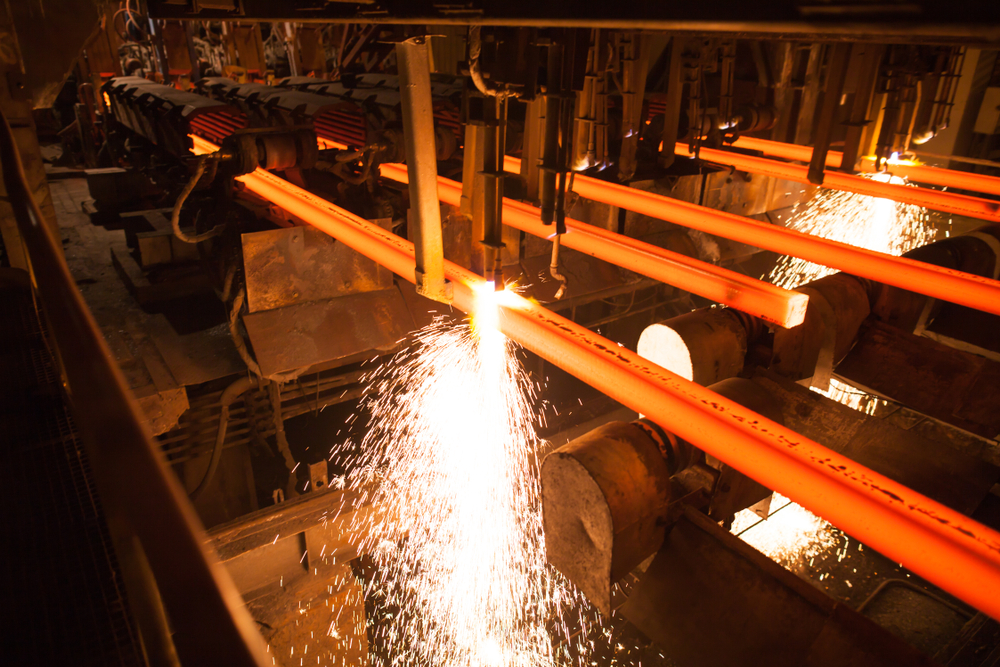Why Measured Friction Matters: Choosing the Right Caster Monitoring System
In continuous casting, real-time insights into mold conditions are essential for achieving optimal performance and product quality. One critical parameter steelmakers use is mold friction, which plays a key role in adjusting caster settings like lubrication, casting speed, and oscillation conditions. However, not all caster monitoring systems provide the same quality of friction data.
At Kiss Technologies, our KT500 Mold Oscillation Monitoring System sets itself apart by measuring actual mold friction—unlike many competitor systems that rely on a friction index. This difference has a big impact on the reliability and usefulness of the data provided.
Friction Index vs. Measured Friction: What’s the Difference?
Friction Index: An Indirect Estimate
Many systems on the market report a “friction index,” which is calculated based on mold vibration. While there is a theoretical link between vibration and friction, this method has serious limitations:
- Implied Relationship: The vibration signal doesn’t provide a direct measurement of the mold-strand interface.
- Unstable Data: Because it’s not a direct reading, the friction index can fluctuate unpredictably, making it difficult to confidently adjust caster settings.
- Limited Accuracy: A high or low friction index doesn’t always mean high or low actual friction. The relationship is not 1-to-1.
In other words, friction index is a proxy—it suggests what might be happening, but doesn’t tell you what is happening.
Measured Friction: Real Data, Real Results
The KT500 takes a fundamentally better approach. By measuring actual mold friction, our system gives you direct insight into the conditions between the mold and the steel strand:
- True Representation: Measured friction reflects real-time interaction at the mold interface.
- Reliable Data: It’s stable and dependable because it’s based on physical contact and force.
- Actionable Insights: With accurate friction data, operators can confidently adjust lubrication, casting speed, and oscillation settings to optimize performance and prevent defects.
The Bottom Line: Measured Friction Delivers More
When it comes to caster monitoring, precision matters. Systems that rely on a friction index offer only a partial picture—and sometimes, a misleading one. The KT500’s use of measured friction means you’re working with the actual conditions of the mold, not an estimation based on mold behavior.
With measured friction, your team gets the clarity and control needed to fine-tune operations, reduce variability, and improve casting outcomes.
See the KT500 in Action
Want to learn more about how the KT500 can improve your casting process? Reach out to Kiss Technologies to schedule a demo or learn more about the advantages of working with real data.

